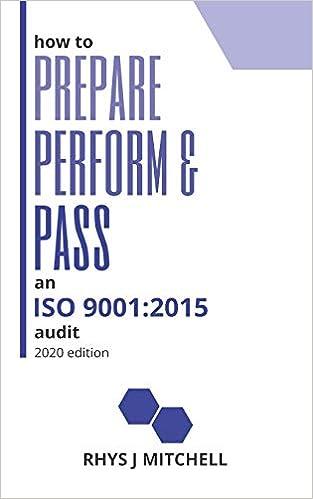

Laker Company reported the following January purchases and sales data for its only product. The Company uses a periodic Inventory system. For specific Identification, ending Inventory consists of 206 units, where 180 are from the January 30 purchase, 5 are from the January 20 purchase, and 21 are from beginning Inventory. Date Activities Units sold at Retail Units Acquired at Cost 143 units @ $6.00 = $858 January 1 Beginning inventory January 10 Sales Purchase Sales. 97 units @ $15.00 January 20 63 units @ $ 5.00 S (315 83 units @ $15.00 January 25 January 30 Purchase $ 4.50 - 810 180 units 1 386 units Totals $ 1.983 180 units 1. Complete the table to determine the cost assigned to ending Inventory and cost of goods sold using specific identification. 2. Determine the cost assigned to ending Inventory and to cost of goods sold using weighted average. 3. Determine the cost assigned to ending Inventory and to cost of goods sold using FIFO. 4. Determine the cost assigned to ending Inventory and to cost of goods sold using LIFO. Complete this question by entering your answers in the tabs below. Specific Id Weighted Average FIFO LIFO Determine the cost assigned to ending inventory and to cost of goods sold using FIFO. Perpetual FIFO: Goods Purchased Cost of Goods Sold # of Cost per # of units Inventory Balance Cost per unit Cost per Cost of Goods unit Sold Date # of units units unit sold January 1 $ 8.00 January 10 January 20 January 25 January 30 Totals 143 @ Inventory Balance = $ 858.00 BERCERON Laker Company reported the following January purchases and sales data for its only product. The Company uses a periodic Inventory system. For specific Identification, ending Inventory consists of 206 units, where 180 are from the January 30 purchase, 5 are from the January 20 purchase, and 21 are from beginning Inventory. Date Activities Units sold at Retail January 1 Beginning inventory Units Acquired at Cost 143 units 13 $ 6.00 E $858 January 10 Sales 18 97 units @ $15.00 January 20 Purchase 63 units a $5.00 E 315 January 25 Sales 83 units @ $15.00 January 30 Purchase $ 4.50 # 818 180 units @ 386 units Totals $ 1,983 180 units 1. Complete the table to determine the cost assigned to ending Inventory and cost of goods sold using specific identification. 2. Determine the cost assigned to ending Inventory and to cost of goods sold using weighted average 3. Determine the cost assigned to ending Inventory and to cost of goods sold using FIFO. 4. Determine the cost assigned to ending Inventory and to cost of goods sold using LIFO. Complete this question by entering your answers in the tabs below. Specific Id Weighted Average FIFO LIFO Determine the cost assigned to ending inventory and to cost of goods sold using LIFO. Perpetual LIFO Goods Purchased Cost of Goods Sold # of #of units sold Date Inventory Balance Cost per unit Cost per Cost of Goods unit Sold # of units units January 1 143 S 6.00 January 10 January 20 January 25 January 30 Totals Cost per unit @ Inventory Balance S 858.00








